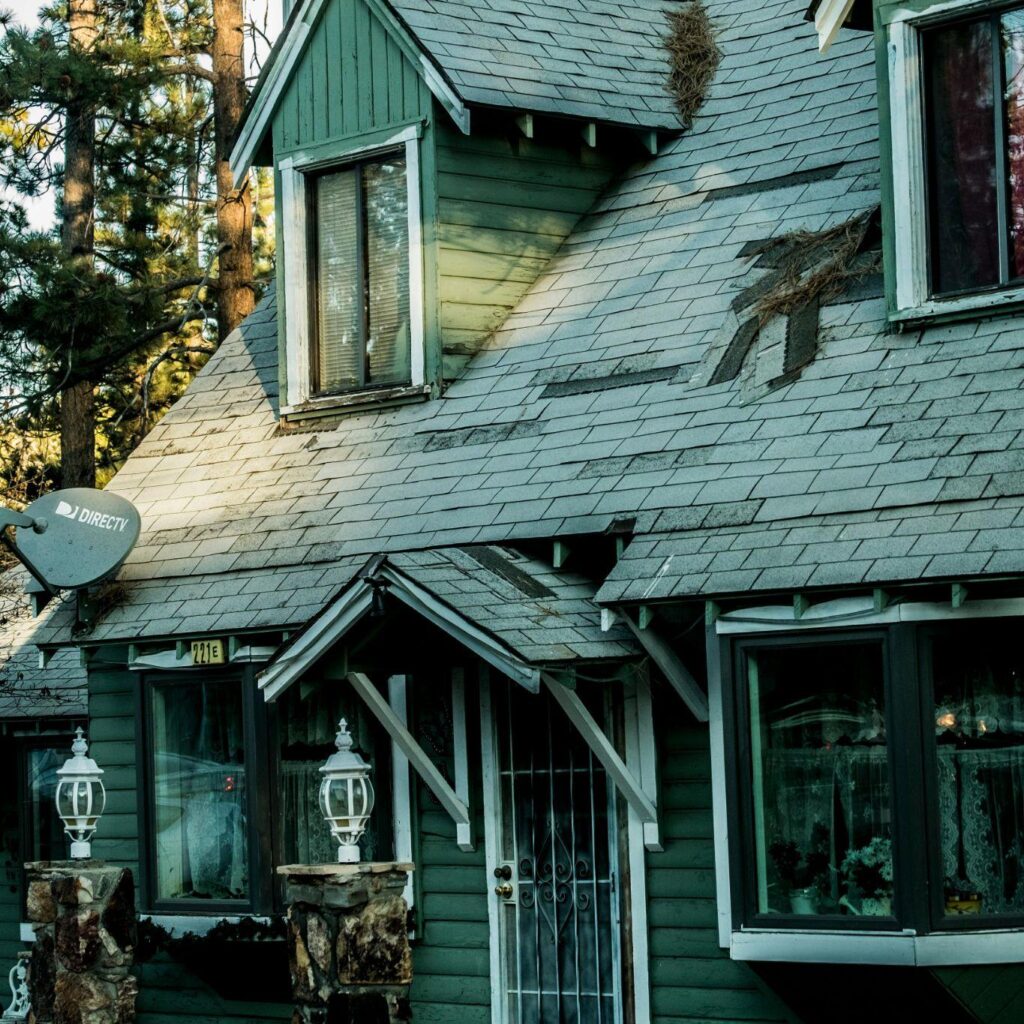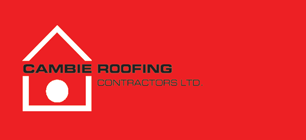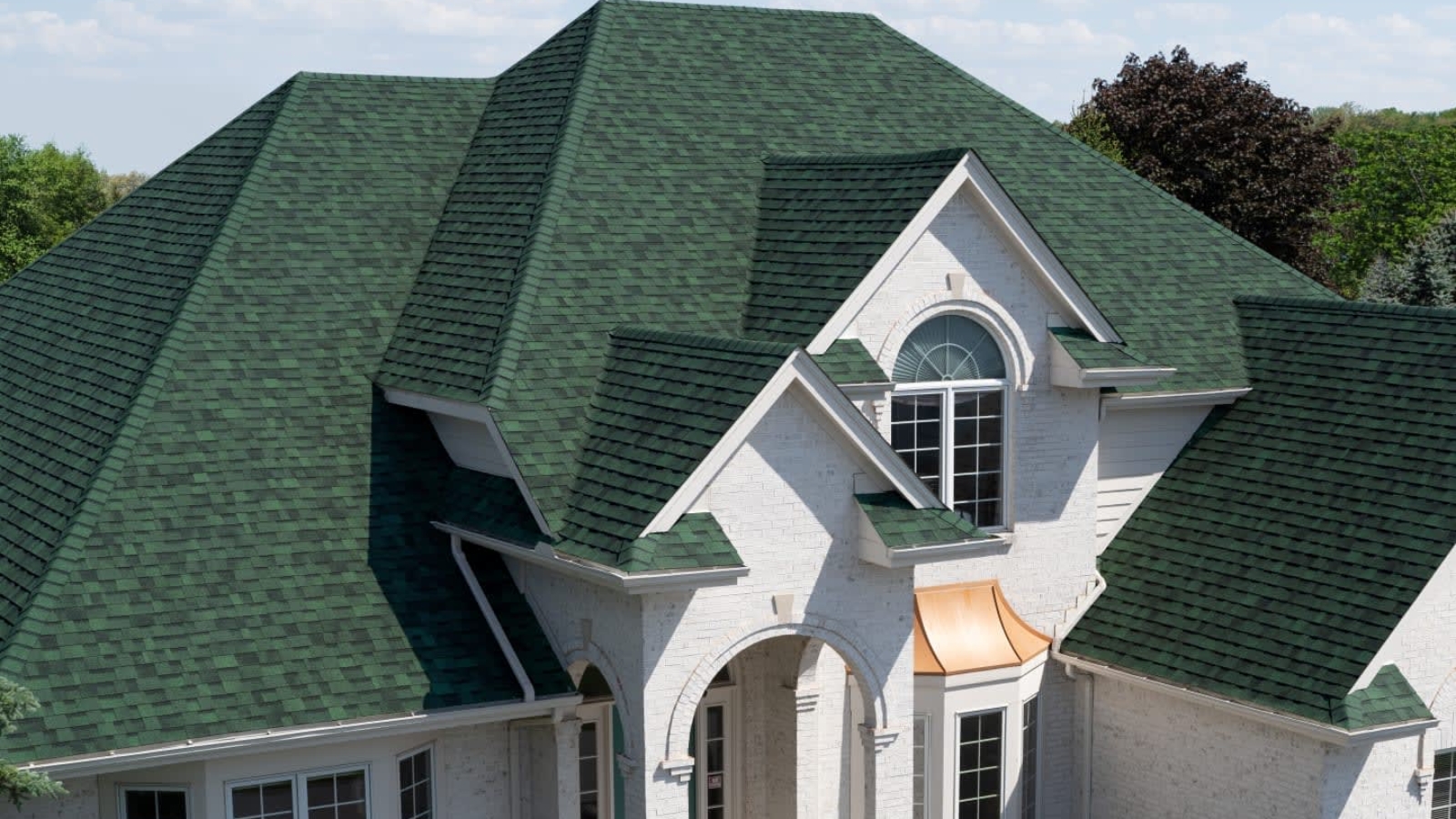Let’s be honest: how often do you see a roof colour other than grey, brown, or black?
Even here in Vancouver, where many older homes boast bright paint colours like pink, green, or blue, it’s rare that a homeowner will elect to choose a bold, colourful roof – even though they do exist.
What you may not be aware of, however, is that roof colour can affect more than just the overall aesthetics of your home.

Decisions, Decisions, Decisions.
If you’re getting your home re-roofed, colour is likely one of the last things on your mind. You’re busy finding the right contractor, finding the right budget, and choosing a timeline for the work to be completed. At this point, why should you be thinking about anything other than price?
Most homeowners, when given the option to choose their colour, probably quickly opt for a “generic” colour like grey or black – which makes perfect sense! There’s nothing wrong with choosing the most reliable, common colour. After all, there’s a good reason it’s so popular: it’s functional and looks good without drawing attention to itself or drawing your eye away from other elements of the home.
However, there are more factors to consider other than looks.
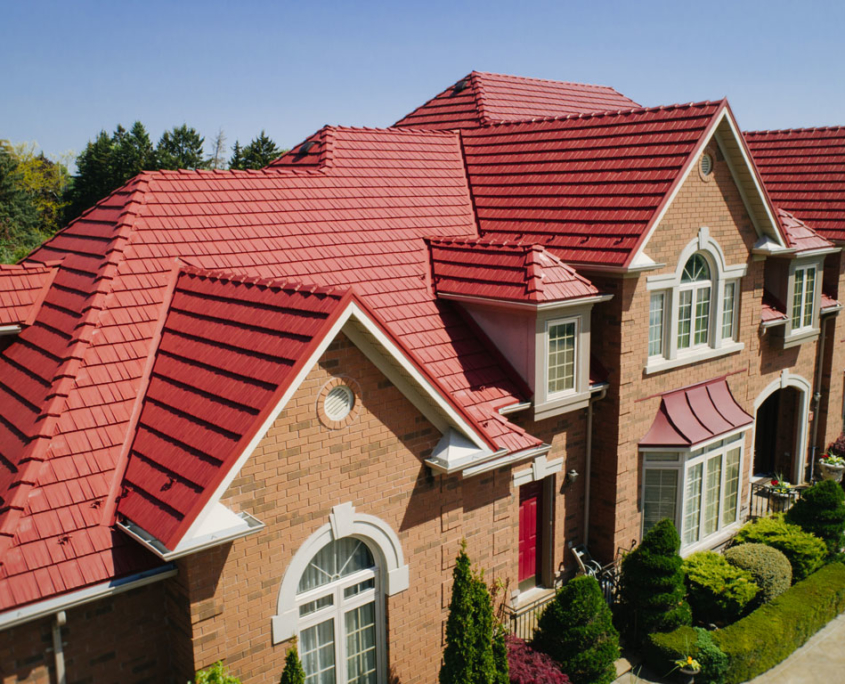
The DIfference that Colour Makes
There’s no straightforward answer to which colour is “best” – or even if one colour is significantly better than another. What makes a bigger difference in properties is whether the colour you’re choosing is light or dark. Here are some of the properties you can expect from both – good or bad!
Dark Colours
A dark-coloured roof, such as brown, black dark gray, dark brown, green, blue, etc, is a classic choice for a shingled or cedar roof. Darker colours absorb more of the sun’s heat, which can increase indoor temperatures. Great for winter, not so great for summertime!
Dark roofs can also contribute to the urban heat island effect in urban areas like Vancouver, which sees overall temperatures rising in cities due to roofs and concrete surfaces absorbing and retaining heat.
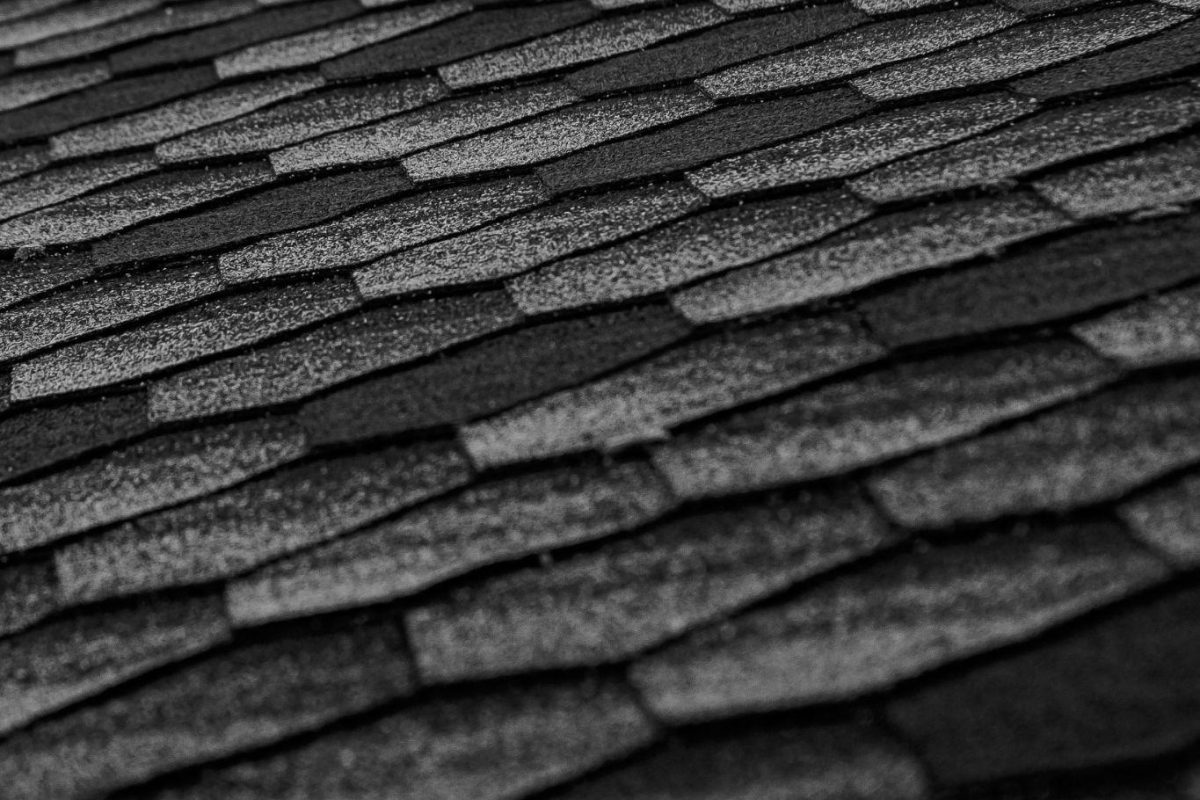
Light colours
Lighter colours, such as light brown and grey, reflect more sunlight, which helps keep your indoor spaces cooler in the summer, but lack the insulating properties offered by dark colours that benefit you in the winter. A lighter roof is perfect for a warm client, as they can help save you air conditioning costs. They’re also likely to help minimize heat buildup in urban areas.
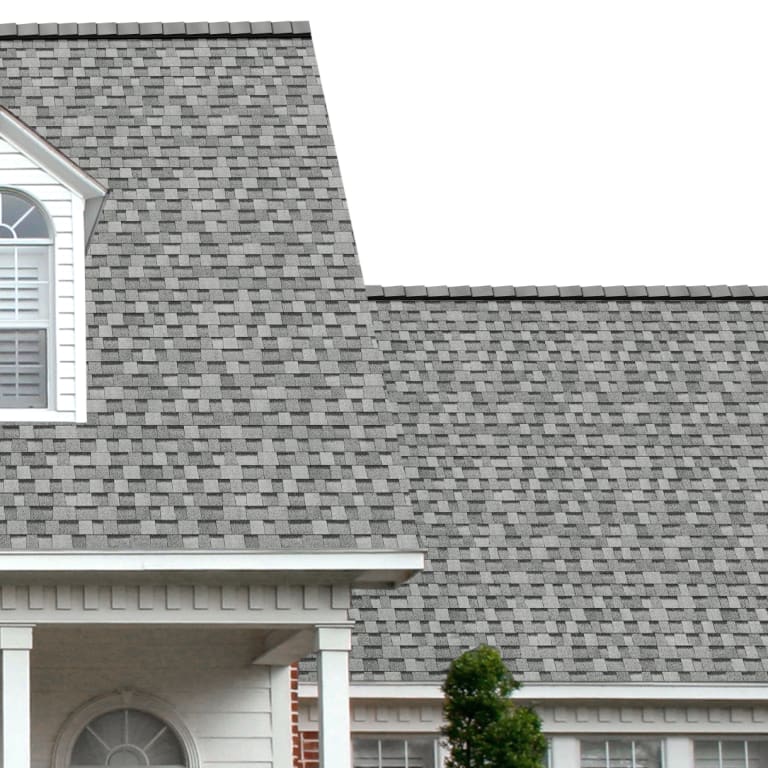
Material Considerations
If you’re looking into something other than shingles or cedar shakes, such as metal or synthetic materials, there are a few other considerations that transcend your colour choice:
Asphalt shingles: Typically absorb more heat, but lighter shades with reflective granules are more reflective.
Metal roofing: Naturally reflective, but darker metal roofs still absorb more heat than lighter ones.
Clay & concrete tiles: Are often naturally insulating and available in energy-efficient light colors.
Synthetic roofing: Some high-tech synthetic materials incorporate reflective properties regardless of color.
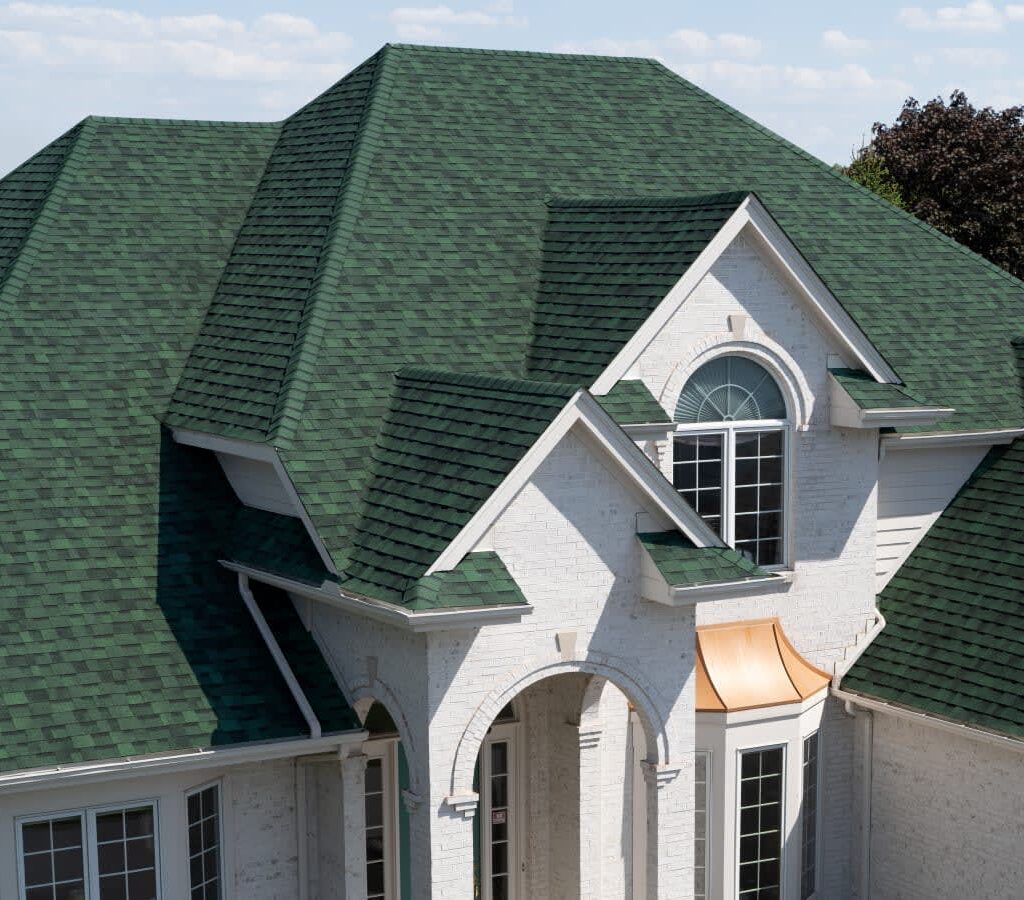
Other things to consider
First and foremost: if you’re considering colourful shingles (such as green, red, or blue), you should expect that you’ll likely have to pay more for them since they’re often considered a designer product. And remember that, whatever colour you’re considering, the colour itself makes little difference to the function of the roof, but take a close look at whether the colour you’re consider
Remember also: a shingle’s colour is not a stand-in for proper insulation and well-installed roof. A darker shingle colour will certainly help keeping your house warmer, but if your roof isnt insulated and installed properly, it makes no difference whatsoever.
How Can We Help?
We’d love to help guide you in your install process! Get in touch with us if you need anything – our team is knowledgeable and well-trained and ready to help you anytime. We look forward to hearing from you
